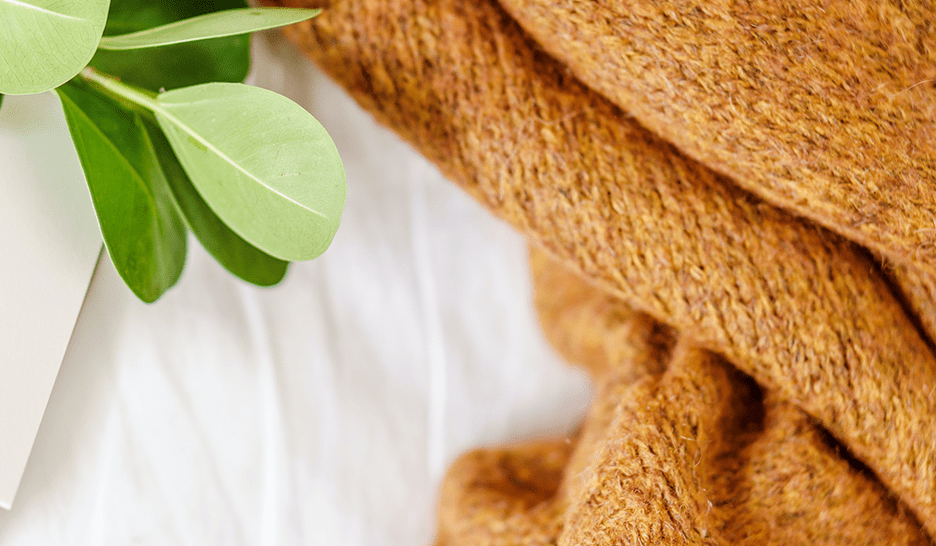In a world where fast fashion has long dominated, a quiet revolution is taking place in the closets of the environmentally conscious. As a lover of both the planet and fashion, I’ve been on a journey to transform my wardrobe into a haven of sustainability. Today, I invite you to join me in exploring the eco-friendly fabrics that are not only kind to the Earth but also stylish and trendy. Let’s create a sustainable wardrobe together that reflects our values and our sense of fashion.
Organic Cotton: Comfort and Consciousness Combined
When it comes to building a sustainable wardrobe, organic cotton is a staple. Unlike traditional cotton, organic cotton is grown without harmful pesticides and chemicals, ensuring that your clothing is as clean and green as it is comfortable. I remember the first time I swapped my basic tee for one made of organic cotton; the softness was unparalleled, and the knowledge that I was supporting a healthier planet made it feel even cozier.

Bamboo: The Versatile Virtuoso
Bamboo fabric is a revelation—soft like silk, breathable like cotton, and with a sustainability factor that is off the charts. Bamboo grows rapidly and requires no fertilizers or pesticides, making it a super eco-friendly choice. I’ll never forget the breezy feeling of my first bamboo dress on a hot summer day; it was as if the fabric was whispering, “You’re making a difference.”
Hemp: The Strong, Silent Type
Hemp might not be the first fabric that comes to mind when you think of high fashion, but it should be. This durable and strong material has a surprisingly soft side and becomes more comfortable with each wash. With its minimal water requirements and soil-enriching properties, hemp is a true hero in the world of sustainable fabrics. I have a hemp jacket that has stood the test of time and trends, and it’s a testament to the lasting power of sustainable choices.
Recycled Polyester: Turning the Tide on Plastic
Recycled polyester, made from post-consumer plastic bottles, gives a second life to materials that would otherwise pollute our planet. The transformation from plastic waste to a sleek, water-resistant jacket is nothing short of magical. When I first zipped up my recycled polyester raincoat, I felt shielded from the rain and the guilt of contributing to plastic waste.

Tencel: The Future Fabric
Tencel, a fabric derived from sustainably harvested wood pulp, is a game-changer. It’s not just its silky smoothness that won me over; it’s the closed-loop production process that recycles water and solvents. My Tencel blouse is more than a fashion statement—it’s a conversation starter about the future of sustainable fashion.
Linen: The Age-Old Innovator
Linen is a classic for a reason. Made from flax plants, it’s naturally biodegradable and requires far less water than cotton. Linen has an effortless elegance and a breathability that makes it a go-to for sustainable summer wardrobes. Wearing my linen jumpsuit, I feel connected to a tradition of sustainability that dates back thousands of years.

Tips for Building Your Sustainable Wardrobe:
- Check the Labels: Look for certifications like GOTS (Global Organic Textile Standard) to ensure that the fabrics meet strict ecological and social criteria.
- Quality Over Quantity: Invest in high-quality pieces that will last longer, reducing the need for frequent replacements.
- Care with Love: Follow care instructions to extend the life of your garments. Often, eco-friendly fabrics require less energy-intensive care.
- Recycle and Donate: When it’s time to say goodbye to a piece, consider recycling or donating to give it a new life.
Join the Conversation:
I’d love to hear about your journey toward a more sustainable wardrobe. What are your favorite eco-friendly fabrics? Share your stories, tips, and questions in the comments below. Let’s inspire each other and continue to fashion a greener world, one garment at a time.
Together, we can make a difference, one thread at a time. Thank you for reading, and let’s spring into action for a sustainable fashion future!

Leave a Reply